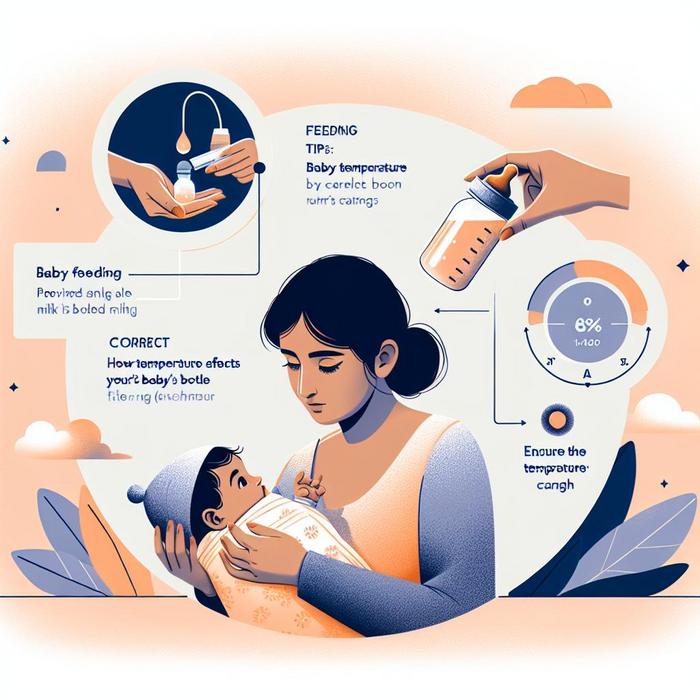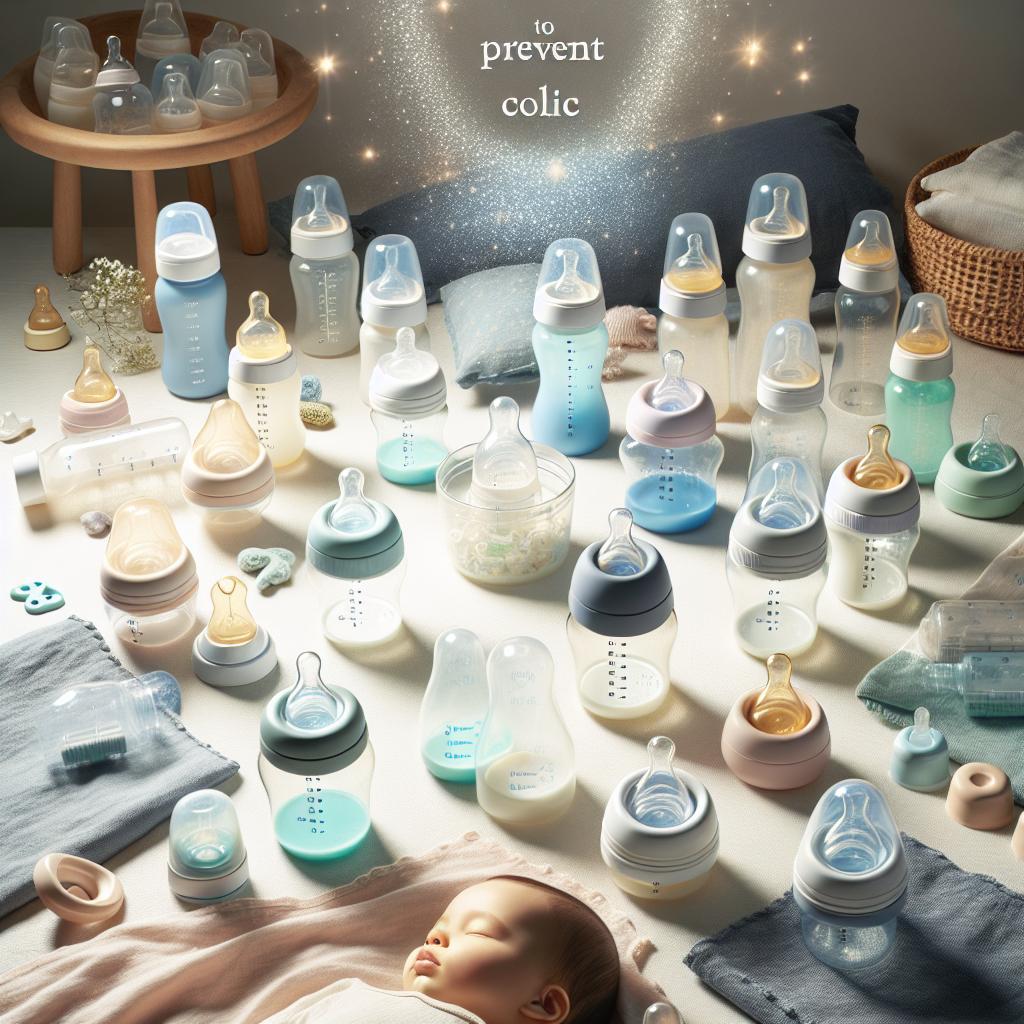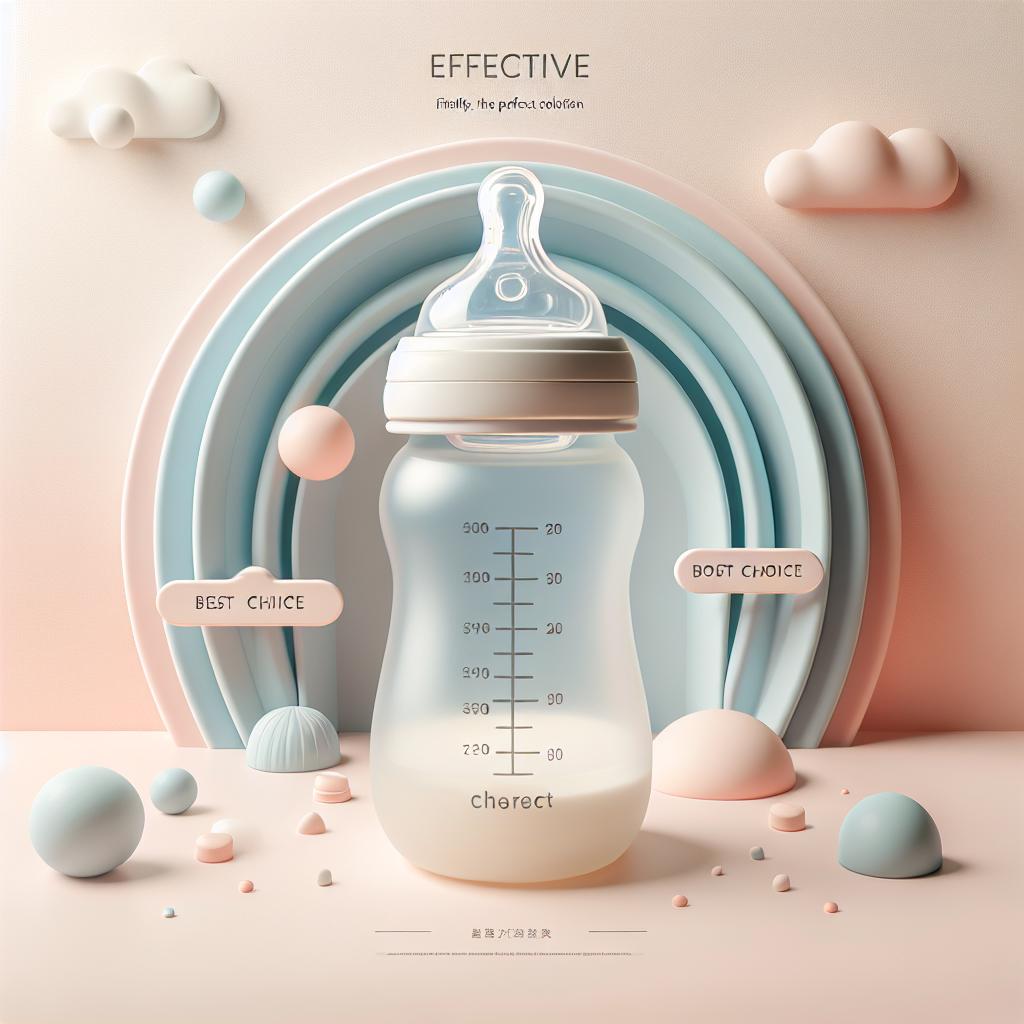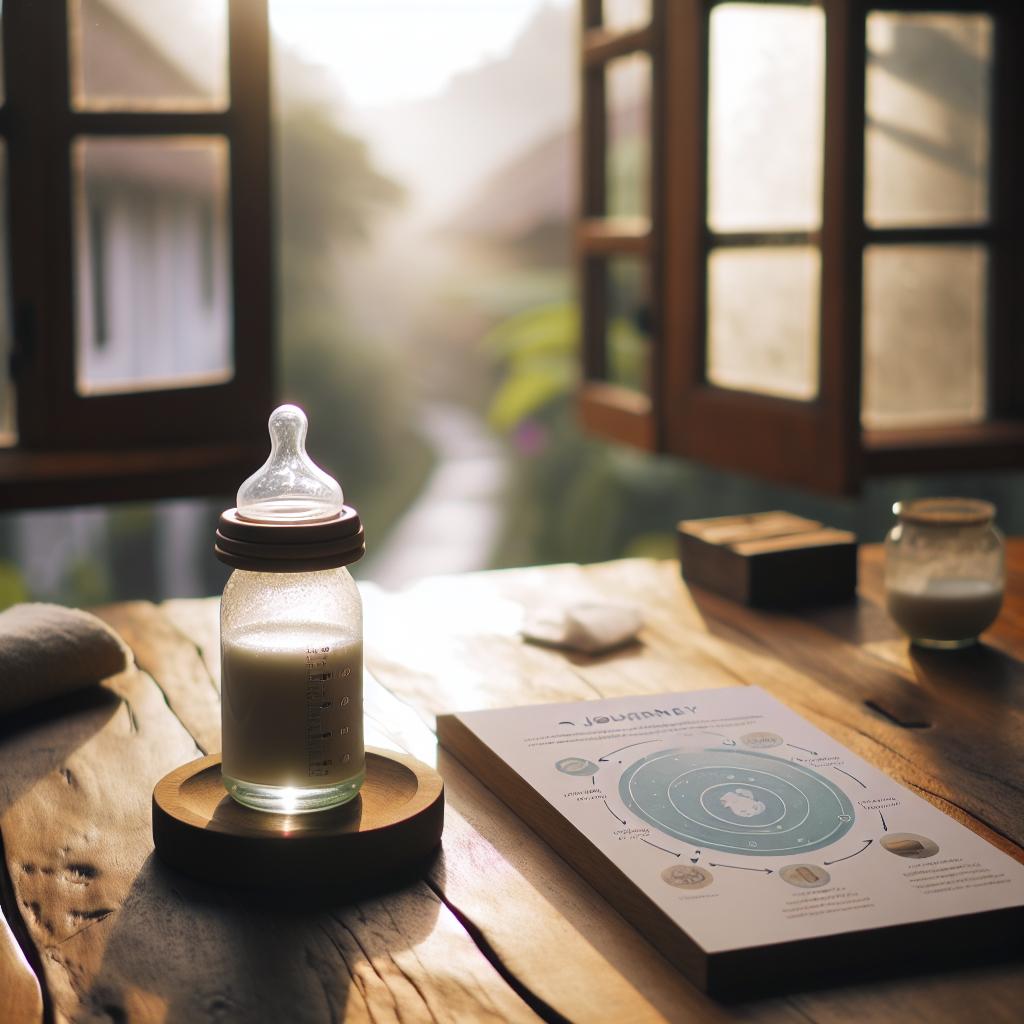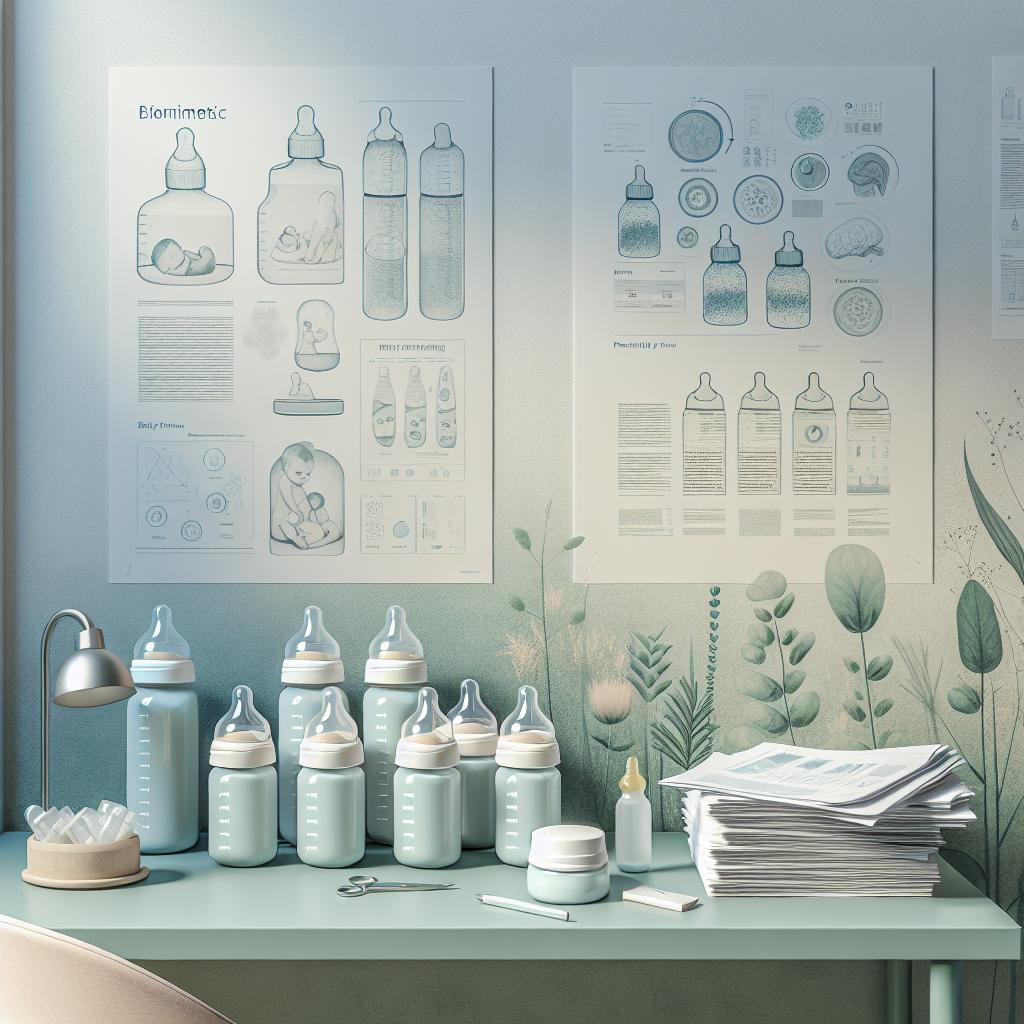Understanding Baby Feeding Temperature
The right temperature for your baby’s milk is more than just a matter of comfort. It’s a cornerstone of safe and effective feeding. This article sheds light on the importance of correct feeding temperature and how to achieve it; providing crucial feeding tips to ensure optimal baby care.
The Importance of Correct Baby Feeding Temperature
Proper baby feeding temperature is a key aspect of bottle feeding. The right temperature can make feeding enjoyable, while incorrect temperatures can be uncomfortable or even dangerous for your little one. Here’s why:
- Comfort: Milk that’s too hot or cold may be off-putting for the baby. The right temperature makes feeding time more appealing.
- Safety: Excessively heated milk can cause burns to baby’s delicate mouth and throat. It’s essential to ensure milk is at a safe temperature before feeding.
- Nutrition: Overheating can affect the nutritional content of the milk. It’s important to correctly heat the milk to ensure optimal nutrient benefit.
Tips for Achieving the Right Baby Feeding Temperature
Knowing the right feeding temperature is just the first step. Making sure your feeding practice aligns with that knowledge is what truly counts. Here are some critical feeding tips to follow:
- Test the Temperature: Always test milk temperature before feeding your baby. The traditional method is to sprinkle a few drops onto your wrist – it should feel lukewarm, not hot.
- Use a Bottle Warmer: A bottle warmer can help maintain consistent temperature throughout the feed. It’s a worth-considering baby care tool.
- Never Use a Microwave: Microwaves may heat unevenly, creating hot spots in the milk. It’s safer to use a bowl of warm water or a dedicated bottle warmer to heat baby’s feed.
Considerations for Formula and Breast Milk
Whether you’re using formula or breast milk can impact the correct baby feeding temperature.
Formula: Formula should be made up using water that’s at least 70°C to kill any bacteria in the powder (NHS, CDC). However, it should be cooled to a lukewarm temperature before feeding.
Breast Milk: Breast milk should be served at body temperature. If you’re using stored breast milk, warm it gently to reach this temperature (FDA).
Adapting Feeding Temperatures to Weather Conditions
Remember that weather conditions can affect the baby’s perception of the feeding temperature. In hot weather, the baby might prefer their milk slightly cooler. In cold weather, warmer milk might be more appealing. It’s always important to keep the baby’s comfort in mind and adapt accordingly (Pregnancy Birth and Baby).
Properly Storing and Reheating Expressed Breast Milk and Prepared Formula
Once the milk or formula is prepared, you need to store it properly to ensure its freshness and safety. Here are essential steps to follow:
- Quick Cooling: If you’ve prepared the milk beforehand, make sure to cool it rapidly. Store it in the back of the refrigerator where it’s coldest instead of the door.
- Use within Two Hours: If the milk stays at room temperature, endeavor to use it within two hours. Any unused milk left after this time should be discarded.
- Reheating: Do not reheat milk more than once. Once you’ve warmed the milk to the desired temperature, any leftover that didn’t get consumed should be discarded.
Expert Advice on Baby Feeding Temperature
Leading parenting and healthcare organizations provide guidelines and recommendations on the topic of baby feeding temperatures.
The American Academy of Pediatrics, for instance, cautions against overheating formula as it may cause burns and alter nutritional content. They propose testing the temperature of the milk before feeding.
The World Health Organization (WHO) also concurs when it comes to breastfeeding. They indicate that breast milk is best served at body temperature, especially when feeding neonates and preterm infants, as per a published study in their journal.
The Impact of Temperature on Nutrients
Did you know that improper heating can affect the nutritional content of milk?
Overheating, especially when using a microwave, may lead to the loss of beneficial properties in breast milk. It can diminish vitamins and minerals in formula as well, compromising its intended benefits.
Take the necessary steps to avoid overheating. The fundamentals are simple: test on your wrist, use a bottle warmer, and never microwave the milk.
Conclusion
In conclusion, maintaining correct baby feeding temperature is a crucial aspect of baby care. It not only ensures your baby’s comfort and safety but also preserves the nutritional value of the milk, whether it’s breast milk or formula.
Keeping an eye on storage conditions and reheating techniques will further ensure the quality of the milk. Finally, always be aware of your baby’s reactions and adapt milk temperature to their preferences and environmental conditions.
Your efforts in optimizing milk temperature and utilizing these feeding tips will contribute significantly to your baby’s wellbeing and your peace of mind.

